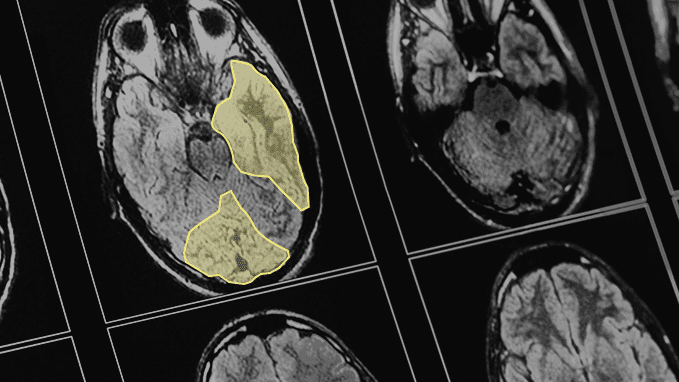Image labeling is similar to data labeling, which concentrates on image identification and tagging. Data labeling in computer vision involves including tags for videos and images. These tags identify the object class linked to the information. Annotation of images is used to generate datasets which are divided into training sets and test/validation sets for evaluating model performance in computer vision models. Data scientists utilize the dataset to evaluate and train the model, which can then automatically allocate labels to unlabeled data. In this article, let us see more about image labeling in computer vision under the guidance of data labeling services.
Importance of Image Labeling
Image labeling is a fundamental aspect of developing supervised models with computer vision capability. It assists in training ML models to label images or identify object classes in the image. Here are several advantages of image labeling:
Enhancing computer vision
Image labeling enhances computer vision precision by facilitating object recognition. Developing AI and ML with labels enables these models to recognize patterns and get trained until they are able to identify objects independently.
Creating effective artificial intelligence models
Image labeling techniques and tools assist in highlighting or capturing particular elements within an image. These labels enable machines to interpret and highlight pictures, which are frequently used as training data sets for ML and AI models.
Types of Image Labeling for Computer Vision
Image labeling is a fundamental algorithmic function in computer vision. Although the ultimate objective of ML algorithms is to perform automatic labeling, they need a large dataset of pre-labeled images to train a model.
Semantic Segmentation
Here, a computer vision algorithm is given the task of separating objects from the background or other objects within an image. This is accomplished by developing a pixel map on that image. It denotes that each pixel has a value of 1 when it corresponds to a related object and 0 if not. If multiple objects are present in the same image, it is common to construct multiple pixel items and merge them as channels.
Image Classification
Image classification algorithms accept images as input and can classify them autonomously into classes. For instance, an algorithm could classify the pictures of landscape with labels such as sun, trees and mountains. In some instances, a single image may contain multiple labels. In the illustration above, this could happen if the image comprises various items in the nature.
Pose Estimation
It is the responsibility of a pose estimation algorithm to determine the position of humans in an image. It identifies several key points of the body in order to determine the pose, such as standing, sitting, or lying down.
Object Recognition
The aim of object detection algorithm is to detect an object and its location within the frame of an image. Binding boxes are used to locate objects. A bounding box is a small rectangle that completely encloses an image object. It is nothing but four coordinates associated with a label specifying the object’s class. The coordinates and labels of bounding boxes are maintained in a JSON file. In this file, the ID or image number is the key.
Image Labeling Techniques
The different techniques of image labeling are:
Manual image annotations
Manual annotation is a common method to label images. This manually label designating process is performed for an entire image or drawing region by adding textual descriptions. Image annotation provides a benchmark for the computer vision algorithm to learn from.This implies that the algorithm will detect any labeling errors, thereby reducing its precision.
Accurate image labeling is vital in neural network training. Manual annotation using tools enables operators to flip through a number of images, sketch regions on an image, designate labels, and save this data in a standard format that can be utilized for data training with the help of specific tools.
Partially automated image annotations
As a complete manual image annotation is time-consuming and difficult for humans to accomplish with computer vision algorithms, partially automated ones came into existence. Certain algorithms necessitate the creation of pixel maps demonstrating the exact border of multiple image objects. By detecting the boundaries of objects in an image and offering a starting point for the annotator, automatic annotation tools can help manual annotators. Although automated annotation algorithms may not be entirely accurate, they can save considerable time by providing at least a partial map of an object in the image.
Synthetic image labeling
The most cost-effective and accurate technique for replacing manual annotation is synthetic image labeling. It automatically generates images that resemble actual data as per the set criteria by the operator.. It constructs a synthetic database of human faces or real-world objects that are similar, although not equivalent, to the actual objects. The primary benefit of synthetic images is that their labels can be determined in advance. In case an operator generates pictures containing chairs and tables autonomously, this image-generating algorithm can automatically provide the bounding frames of the objects in each image.
Endnote
Image labeling is essential to ML and AI because it enables efficient model training, improves computer vision accuracy, and facilitates object recognition. Accurate image labeling is necessary for training neural networks and enhancing the accuracy of computer vision algorithms, which renders it a crucial step in the creation of AI and ML models. From image categorization to semantic segmentation, object recognition to pose estimation, many different methods are used for image labelings, such as manual annotation, partially automated annotation, and synthetic image labeling. Therefore, if you also want to get accurate image labeling services, contact a leading AI company like Opporture in North America for assistance.


